Papers by Natalia Carden

Relaciones SAA, 2023
En este trabajo se analizan los grabados rupestres del sitio Curapil, situado en el piedemonte se... more En este trabajo se analizan los grabados rupestres del sitio Curapil, situado en el piedemonte septentrional de la meseta de Somuncurá. El objetivo es caracterizar los motivos y su contexto a fin de compararlos con los grabados ubicados sobre la meseta para evaluar circuitos de movilidad y la redundancia ocupacional de sectores con distinta disponibilidad de recursos críticos. Los resultados señalan que los vínculos de Curapil con los sitios de la porción oriental de la meseta de Somuncurá no son marcados. Futuros estudios podrán determinar su relación con sitios recien-temente localizados al oeste del macizo. Aunque todos los contextos analizados presentan signos de reocupación, estas evidencias son más fuertes en la meseta de Somuncurá, donde las fuentes de agua se localizan más puntualmente que en el piedemonte. A pesar de estas diferencias de intensidad, Curapil puede ser considerado como un lugar persistente hasta momentos actuales.
Conference Presentations by Natalia Carden
Actas del XXI Congreso Nacional de Arqueología Chilena, 2024
Hand stencils are distinctive and frequent rock
paintings in Patagonia. They are especially conce... more Hand stencils are distinctive and frequent rock
paintings in Patagonia. They are especially concentrated
between the Deseado and Chico rivers, Santa
Cruz province, Argentina, and extend temporarily
from the Pleistocene/Holocene transition to the
final late Holocene. These motifs are one of the most
direct testimonies of a past humanity because they
evidence recurrent practices spread over time and
constitute the record of the person itself. From Gell’s
(1998) concept of “distributed person”, this work
explores their agency in hunter gatherers’ social
networks and in the construction of a social memory
in the Deseado Massif.


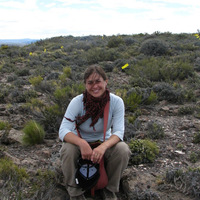
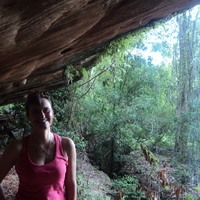

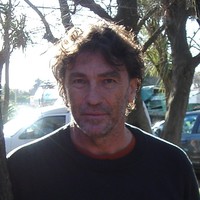

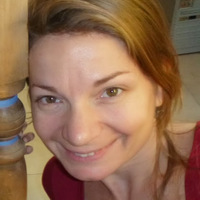
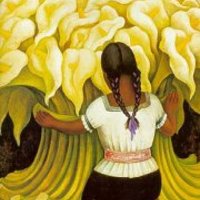


Uploads
Papers by Natalia Carden
Conference Presentations by Natalia Carden
paintings in Patagonia. They are especially concentrated
between the Deseado and Chico rivers, Santa
Cruz province, Argentina, and extend temporarily
from the Pleistocene/Holocene transition to the
final late Holocene. These motifs are one of the most
direct testimonies of a past humanity because they
evidence recurrent practices spread over time and
constitute the record of the person itself. From Gell’s
(1998) concept of “distributed person”, this work
explores their agency in hunter gatherers’ social
networks and in the construction of a social memory
in the Deseado Massif.
paintings in Patagonia. They are especially concentrated
between the Deseado and Chico rivers, Santa
Cruz province, Argentina, and extend temporarily
from the Pleistocene/Holocene transition to the
final late Holocene. These motifs are one of the most
direct testimonies of a past humanity because they
evidence recurrent practices spread over time and
constitute the record of the person itself. From Gell’s
(1998) concept of “distributed person”, this work
explores their agency in hunter gatherers’ social
networks and in the construction of a social memory
in the Deseado Massif.